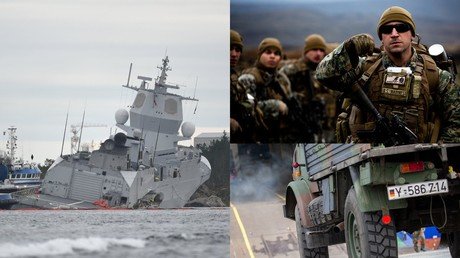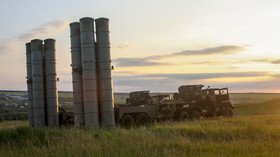Can Russia invade Norway or is NATO wasting money in preparation for an attack?
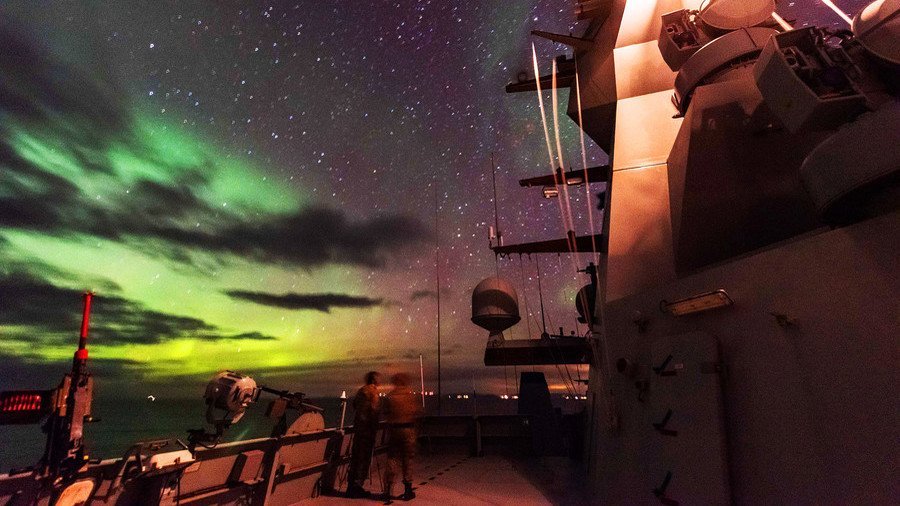
During its recent military exercises, NATO troops were supposed to fight a 'hypothetical adversary' that invades Norway. But is the scenario based on military and political reality, or is the threat posed by Russia exaggerated?
Trident Juncture took place in the sea off the Norwegian coast and on land from October 25 to November 7. Around 50,000 troops from 31 countries, 250 aircraft, 65 vessels, and over 10,000 vehicles were involved in the large-scale endeavor.
According to the scenario, NATO forces were defending Norway from "Murinus" (Latin for 'spider') – a "fictional near-peer adversary on the northeastern flank of the Alliance". In order to liberate the occupied territories, NATO forces had to deploy troops by sea, as well as conducting amphibious landings and airstrikes.
NATO's Secretary-General Jens Stoltenberg claimed that the exercises were not directed against any specific country, but it was "important to show that we are able to support and defend any ally against any threat." However, the Russian Foreign Ministry described the drills as "reckless saber-rattling" aimed against Moscow.
"Despite quite clumsy attempts by the representatives of the alliance and its member states to picture such military activity as defensive, it is obvious that this fighting capabilities demonstration has a distinct anti-Russian character," it said in a statement.
Let's try to figure out one thing – is it hypothetically possible for Russia to invade Norway? Let me underline that we will not analyze the military and political aspects at all, but focus only on the strategic, operational, and technical side of things.
In order to seize the central part of Norway, as detailed in the hypothetical scenario, Russia's Armed Forces would have to conduct a so-called combined offensive that involves land, naval and air operations.
Military science defines it as a type of operation where naval, military and air forces are cooperating with each other with a common strategic objective. It uses naval ships to project ground and air power onto a hostile or potentially hostile shore at a designated landing beach. Operation Overlord, which took place in June 1944, is a classic example of this type of operation.
Of course, today it would be impossible to conduct an operation of such scale in Norway, but if we consider a hypothetical situation and use the experience of the Soviet Army, we will see that it would take several airborne divisions and brigades, amphibious forces and units, and a few mechanized infantry divisions to carry out a successful combined operation.
Now let's talk about different aspects of a combined operation.
First, let's focus on the airborne operation. Usually it involves an airborne division "dropped" by parachute. If it's anything smaller than a division, it is not an operation, but a tactical airborne assault.
Russia's Armed Forces have airborne divisions. But it takes several military transport aircraft to conduct an airborne operation. It would be impossible without them. The Russian Aerospace Forces just don't have enough of these aircraft for a full-scale airborne operation. In the best-case scenario, Russia could transport a regiment, that's it. So, an airborne operation in Norway can be ruled out, simply because Russia doesn't have enough planes.
There is a similar problem with a potential amphibious assault that would require at least one marine division. Today, there are no such divisions in the Russian Armed Forces. The 55th Division that used to be stationed in the Russian Far East has been disbanded.
A successful amphibious operation also requires other forces, besides marines. But the Russian Northern Fleet, for example, has only five amphibious assault ships: four Project 775 landing ships, and one Project 11711 landing ship ('Ivan Gren'). The newest Project 775 landing ship was made in 1985, so it is 33 years old. The others are even older, as they were built 40-42 years ago. The only new amphibious assault ship is 'Ivan Gren.' It entered service in 2018.
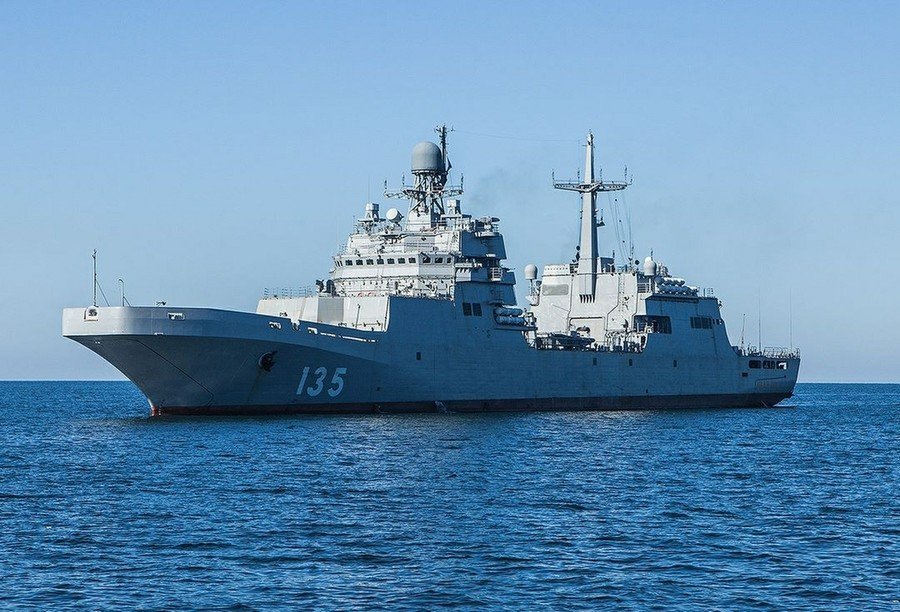
These amphibious forces can only carry several battalions, which obviously would not be enough to seize Norwegian territories.
There is one more important detail here. Russian marines use mainly BTR-80 wheeled amphibious armored personnel carriers and other vehicles of this type. But they have one significant defect: they can float well in the relatively calm waters of Sevastopol Bay or Kola Bay, for example. However, if you deploy them in the Norwegian Sea during a grade-three sea state, it is very likely that none of the BTRs will make it to shore. It is no secret that Russian vehicles of this type lack buoyancy and cannot move even in slight waves.
Usually, the Russian amphibious assault ships come as far as the beach – the incline is two to three decrees – then it opens the bow doors, lowers the ramp, and then the landing party speedily disembarks to secure the beachhead. However, it is practically impossible to do it in such a way in a real combat situation. The best way to start an amphibious assault is to engage the aircraft and the landing craft stationed at general purpose amphibious assault ships.
For that purpose, the US Navy has a number of different ships: the general purpose amphibious assault ship, landing helicopter dock (LHD), or amphibious transport dock (LSD). When it comes to the Russian Navy, it has none, and none is expected to be commissioned any time soon.
For example, there is the Project 775 landing ships with the displacement of as few as 4,400 tons, and they don't even have a helicopter pad. Then, there is the US Wasp-class multipurpose amphibious assault ship with the displacement of over 40,000 long tons. It carries a full air squadron of short take-off and vertical landing aircraft and helicopters, and it is capable of landing a fully equipped marine expeditionary unit of 1,900 troops directly onto an unimproved shore. If fact, the Wasp-class ship is like an aircraft carrier in miniature.
Among other things, to successfully carry out an airborne and amphibious operation it is necessary to fulfil one key condition. Complete superiority in the air and on the sea must be secured in the area prior to the start of the operation. Without it, a combined operation is doomed to fail. The landing troops will be mercilessly thinned out by the enemy before they reach the shore.
It is very difficult to conquer and hold air superiority at a distance further than 1,000km away from the Kola Peninsula. In fact, this is impossible. For instance, the combat range of a Su fighter is approximately 1,000km. In real-world terms, it means that the jet can reach the amphibious assault zone but it will have to immediately turn back due to low levels of fuel. How can it then participate in air-to-air engagement or patrol the area? If we take any Russian air-support aircraft, their combat ranges are as follows: the Su-25 has between 200km and 300km (depending on the payload), while the Su-24 can go as far as 650km (with a varied flight altitude profile).
That goes to show that it is simply impossible to secure and hold air superiority that far from the Kola Peninsula. On top of all that, the operational capacity of military airbases in the region of Murmansk is very limited – as well as the number of airfields themselves. You can count them all on one hand: Kilpyavr, Severomorsk-1, Olenya, Monchegorsk, Africanda. There is no way these bases can accommodate any large air force to support an assault. Besides that, they don't have infrastructure strong enough to host the necessary amount of fuel and weapons, while that kind of a military operation would require hundreds of thousands of tons of both.
Whether it is possible to claim superiority on the sea in the assault zone by the Northern Fleet alone or not is really a big question. The Northern Fleet has only a handful of large surface ships: two cruisers, one destroyer, one frigate, five large submarine chasers (and not all of them are in service). Practically every ship in the fleet was constructed back in the USSR, and there is only one genuinely new ship – the 'Admiral Gorshkov' frigate. To say that this force will suffice to secure sea superiority against joint NATO forces in a combined operation zone would be a stretch. The balance wouldn't really shift in Russia's favor even if additional forces from other fleets were to be deployed.
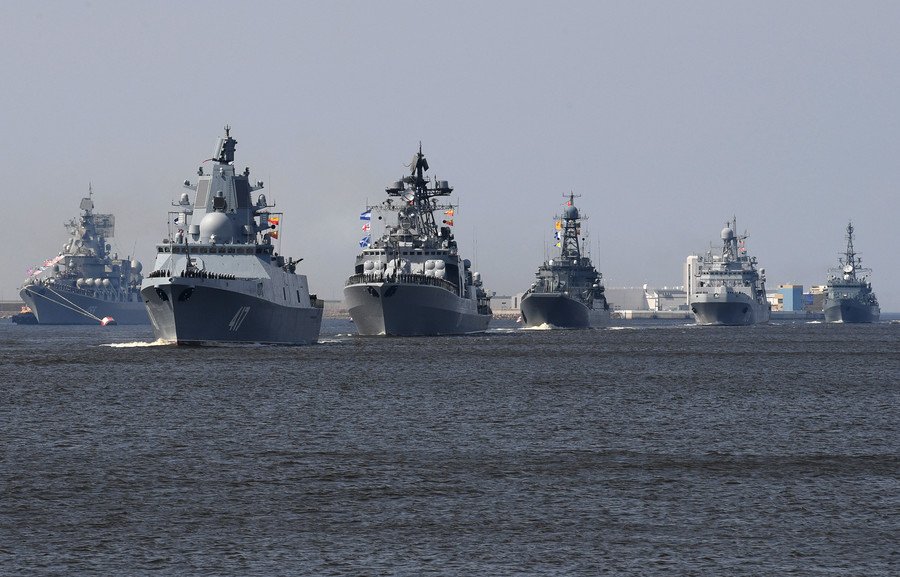
Weather is another factor that cannot be disregarded. In the North Atlantic, the weather is hardly predictable and can change very quickly. For instance, even after all troops are loaded and ready, it will take another two days or more to deliver them to the landing zone. In that time, the flat and calm sea can turn into a grade-nine storm. What then? The whole formation would have to hold on tight at sea in the enemy's plain sight. The distance between Portsmouth in England and the Normandy coast is less than 200km, and yet, back in 1944, the D-Day troops had to sit and wait for two days in British ports because the weather conditions took an unexpected turn.
All in all, there are a number of conclusions that we can draw from this theater of operations.
NATO is very much exaggerating Russian military capabilities in that operational theater. Today, Moscow is not in a position to conduct any kind of invasion on NATO territories, let alone from the air or sea – even in theory. If Russia is not capable of it, then who is that enemy whose attack NATO is preparing to repel?
Russia now needs to create anew its naval assault forces and landing hardware, and there is still a lot to be done to enhance the quality and build up the quantity of its army and navy. Only this way may it become possible for Russia to be able to conduct an airborne and amphibious operation, at least in the foreseeable future.
By Mikhail Khodarenok, military commentator for Gazeta.ru
Bio:
Mikhail Khodarenok is a retired colonel. He graduated from the Minsk Higher Engineering School of Anti-Aircraft Missile Defense (1976) and the Command Academy of the Air Defense Forces (1986).
Commanding officer of the S-75 AA missile battalion (1980-1983).
Deputy commanding officer of a SAM regiment (1986-1988).
Senior officer at the High Command of the Air Defense Forces (1988–1992).
Officer at the main operational directorate of the General Staff of the Armed Forces(1992–2000).
Graduated from the Military Academy of the General Staff of the Armed Forces of the Russian Federation (1998).
Worked as an analyst at Nezavisimaya Gazeta (2000-2003) and editor-in-chief of Voyenno-Promyshlennyi Kuriyer (2010-2015).
Think your friends would be interested? Share this story!
The statements, views and opinions expressed in this column are solely those of the author and do not necessarily represent those of RT.
